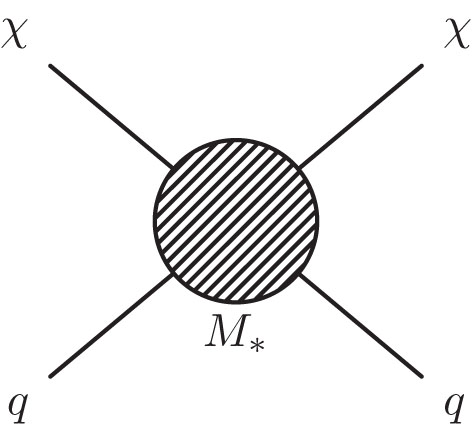EPJ C Highlight - Better defining the signals left by as-yet-undefined dark matter at the LHC
- Details
- Published on 22 July 2016

New theoretical models that better describe the interaction between dark matter and ordinary particles advance the quest for dark matter
In the quest for dark matter, physicists rely on particle colliders such as the LHC in CERN, located near Geneva, Switzerland. The trouble is: physicists still don't exactly know what dark matter is. Indeed, they can only see its effect in the form of gravity. Until now, theoretical physicists have used models based on a simple, abstract description of the interaction between dark matter and ordinary particles, such as the Effective Field Theories (EFTs). However, until we observe dark matter, it is impossible to know whether or not these models neglect some key signals. Now, the high energy physics community has come together to develop a set of simplified models, which retain the elegance of EFT-style models yet provide a better description of the signals of dark matter, at the LHC. These developments are described in a review published in EPJ C by Andrea De Simone and Thomas Jacques from the International School for Advanced Studies SISSA, in Trieste, Italy.
EFT models offer the advantage of helping to define a structured approach to identify exactly what they are looking for in the quest for dark matter. They also help to combine results from several dark matter search experiments in a straightforward manner.
In this paper the authors describe an evolution of the EFT approach, referred to as 'simplified models', that yield signals not found in the EFT description. They can also be used together with other search methods for dark matter, such as indirect detection and direct detection. By comparing constraints from as many experiments as possible, this new approach makes it possible to combine the strongest constraints in the search for dark matter.
The more experimental results are gained from particle collisions at the LHC, the more we learn about the nature of dark matter interactions. Theorists can then use this data to continue developing simplified models by defining the new and unique signatures on which to focus the search.
Simplified Models vs. Effective Field Theory Approaches in DarkMatterSearches. A. De Simone and T. Jacques (2016), Eur. Phys. J. C 76: 367, DOI 10.1140/epjc/s10052-016-4208-4





